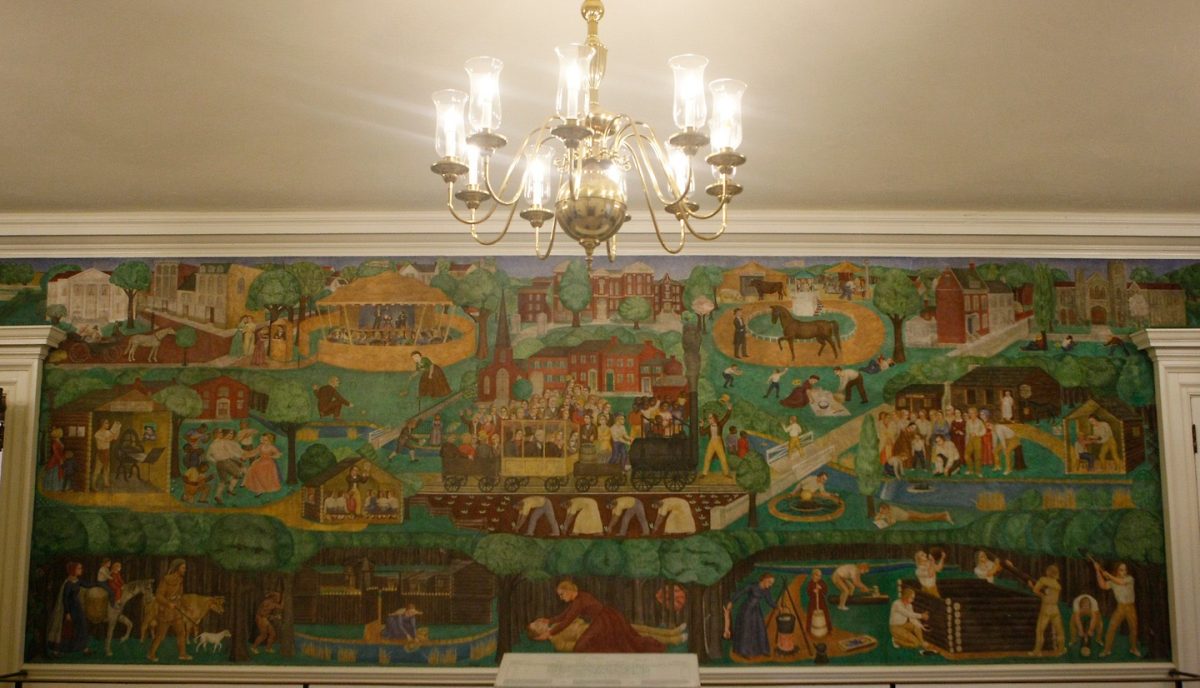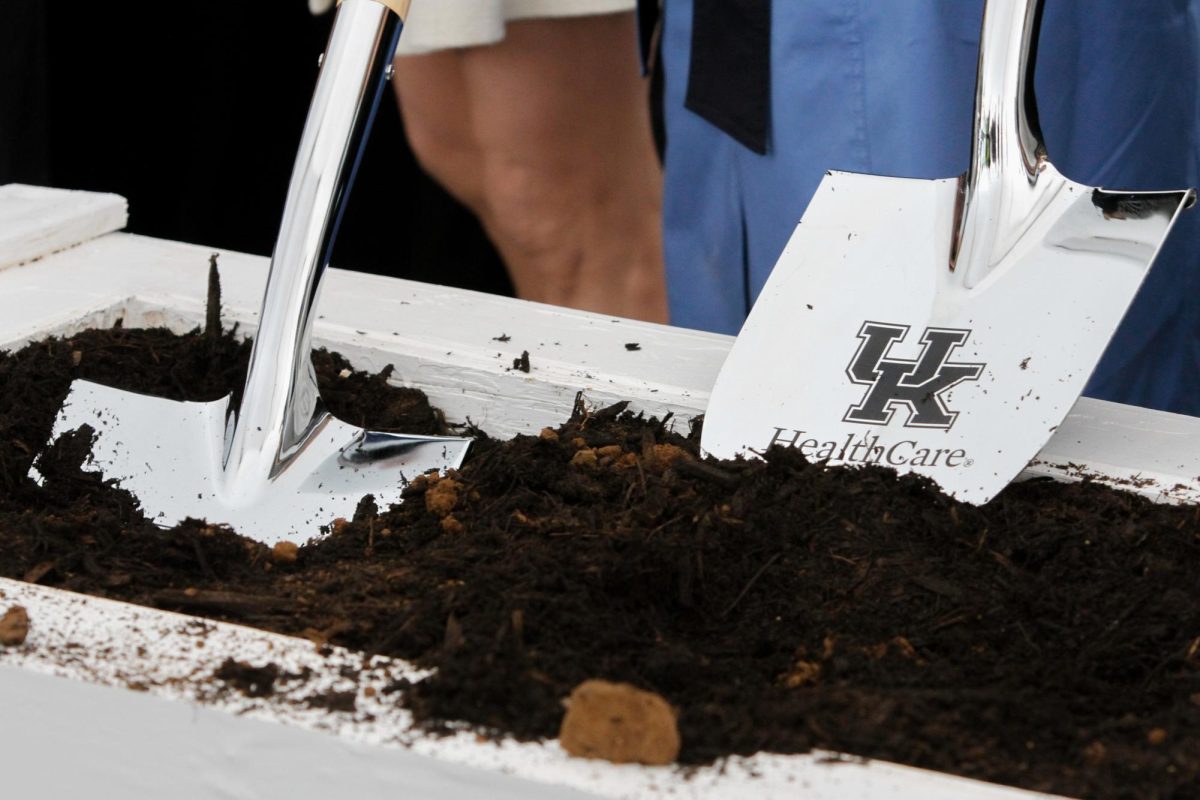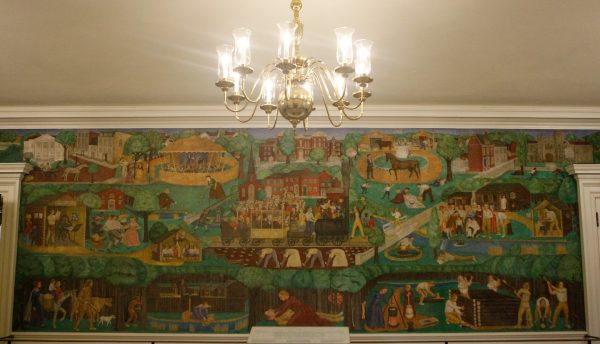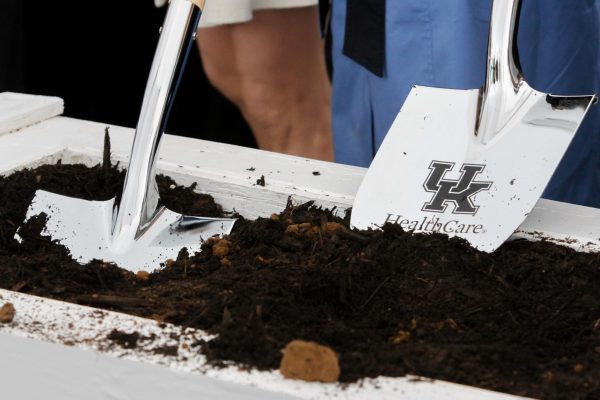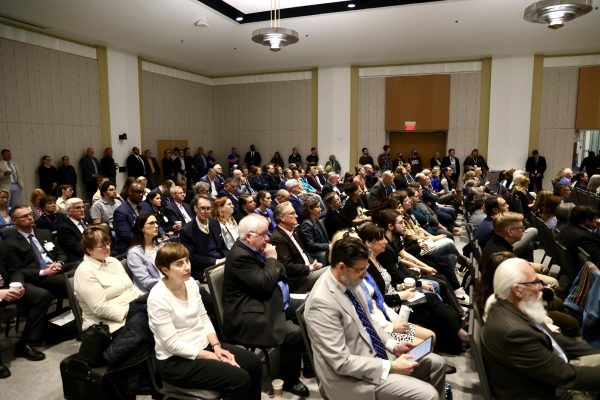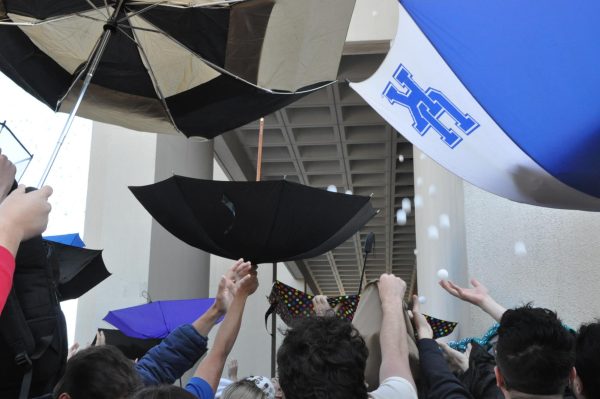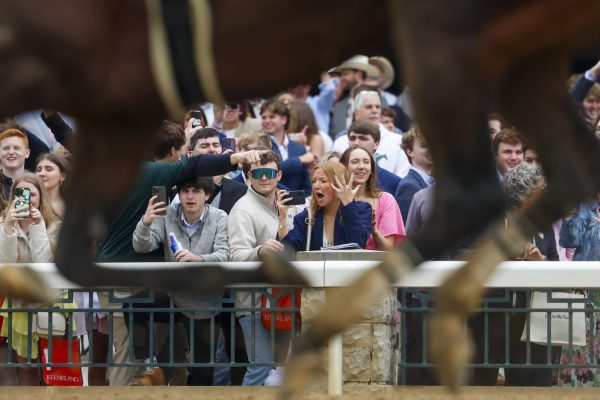Prof. shakes up learning with ‘Body Tectonics’
October 2, 2007
By Erin Melwing
The fundamental elements of architecture are everywhere, from office buildings and coffee tables to a small pair of earrings.
Architecture professor Len Wujcik made sure his students saw this in the latter example when he asked his furniture studio class to design and create pieces of jewelry using the three tectonic elements of line, plane and mass.
The Body Tectonics project required students to design three pairs of earrings, with each pair focusing on a different element. The final task of the project was to construct a pendant that incorporated all three elements.
“These pieces act as vehicles for the exploration of 3-dimensional design,†Wujcik said. “The purpose is to investigate structure, materials and process of design and fabrication.â€
Sixteen students participated in the project, which was assigned at the beginning of the semester.
While all of the earrings and pendants incorporated the same three tectonic elements, each of the students’ work is original, Wujcik said. Working with strict limitations actually allows more opportunity for design invention, he said.
Fifth-year architecture senior Rebekah Schaberg said she created her pendant with resin, aluminum and string.
“The craftsmanship took a long time because of the small elements, and we were working with tools that are meant for larger projects,†Schaberg said.
Most students in UK’s College of Design never see their projects in their final form.
“In regular architecture studios, you never see your project. You just build mock-up models and drawings,†said Graham Gordon, an architecture senior. “We have a finished project. Our project was at a scale that we could actually produce.â€
DeAnna LaPlaca, a fifth-year architecture senior, said that designing occurs on both a macro and micro level, and working at such a small scale presented challenges to students.
With only one week to construct their pendant, students like Schaberg, Gordon and LaPlaca spent long hours in the studio working through obstacles to achieve their intended design. But students were pleased with the final products.
“It was motivating knowing that you would have a product that you could wear and thinking of it on the human body,†LaPlaca said.
The earrings were recently on display at Jones Boutique in Lexington during a downtown gallery hop, and Gordon said he sold a pair of his earrings that evening.
Many of the pieces created in his classes are marketable, Wujcik said, and he eventually wants to create a design store that showcases and sells student work.
The pendants are currently on display on the first floor of Pence Hall.

